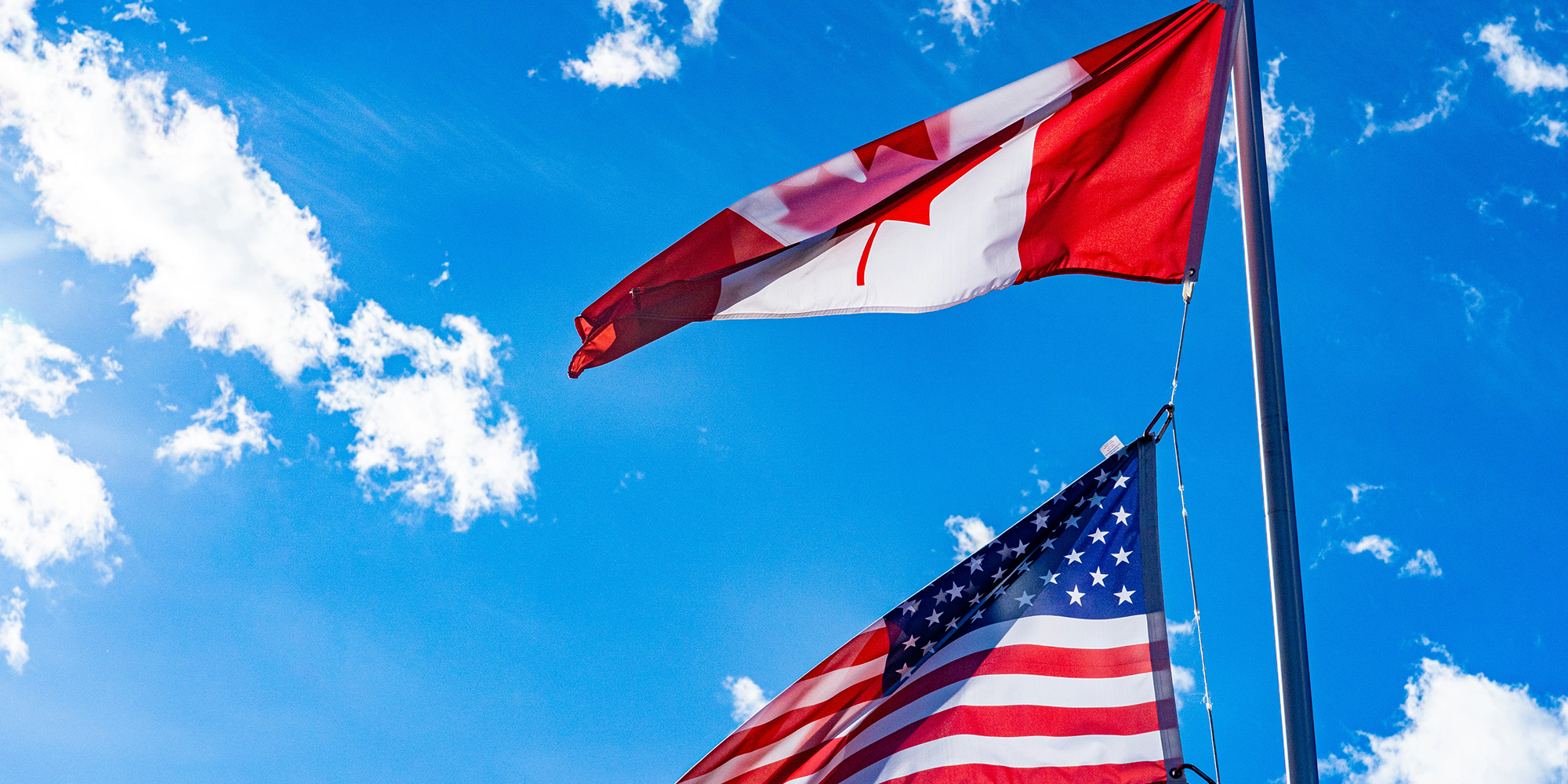1 min read
Why We Need to Stay the Course on Reconciliation
The report of my death was an exaggeration. Mark Twain Is reconciliation dead? Our trainers and staff frequently are asked this question, and...

Trade and specialization were common to First Nations in Canada and throughout the Americas in the pre- and early contact periods. Moreover, public infrastructure, standards, mediums of exchange, and property rights to support markets were also common before contact. Pre- and early contact First Nations in Canada had all six market characteristics required to promote economic growth.
This conclusion should not be surprising as the history of Canada is one of First Nation trade with Europeans. What would have been the history of Canada if the Hurons had not traded canoes to the eventual voyageurs? It has been argued by Harold Innis that the fur trade created Canada. The stories of initial First Nation contact with Europeans are almost entirely a result of trade and markets. [1]

Prior to the arrival of Europeans, Indigenous Peoples had systems in place for the production of goods and services, and extensive trade networks for the distribution of the goods. A prime example is the oolichan, a Pacific coast fish found in the waters from Alaska south to northern California. The grease extracted was (and continues to be) used as a condiment, a salve, seasoning, preservative, laxative, and lamp oil, and is a rich source of vitamins A, C and E. It was also the first fresh food source available after the long, wet winters on the Pacific coast. The range of usage and high vitamin content made this tiny fish invaluable to the coastal Indigenous communities. Its range of usage and vitamin content also made it a valuable commodity for trade. Coastal Indigenous nations would harvest enough oolichan to meet the community’s needs but also harvest enough for trade with other nations for items of value and necessity. “Grease trails” were established trade routes that extended from the coast to inland communities. Oolichan were never over-harvested.
Established market economies were interrupted by the arrival of Europeans and the introduction of supply and demand in the fur trade, the shift to a monetary system as opposed to a trade economy, and later heavily impacted by marginalized access to resources (fishing, hunting, trapping) and the loss of productive, resource-rich land to settlers. However, it was the increasingly punitive policies of the Indian Act that finally extinguished the formerly viable Indigenous economies that had thrived since time immemorial.
A return to economic independence is one of the primary objectives of Indigenous Peoples in Canada but the Indian Act, ongoing economic and social marginalization, lack of infrastructure, inequality in funding for equitable education, federally imposed restrictions on the ability of individuals to raise capital are some of the barriers to this goal.
Indigenous economic reconciliation is not a one-sided benefit. For Indigenous communities and individuals, it means the opportunity to take their place in the national economy, and provide for themselves and family, and for coming generations.
For the rest of Canada, the benefits are significant as summarized by the National Aboriginal Economic Development Board (NAEDB) in its 2016 report Reconciliation: Growing Canada’s Economy by $27.7 Billion – Full Report.
The NAEDB estimates that closing the productivity gap between Indigenous and non-Indigenous Canadians would lead to an increase of $27.7 billion to Canada’s GDP each year. This figure is the sum of the estimated increases in employment income earned by Indigenous peoples across all provinces and territories. Additionally, there is an estimated $8 billion “opportunity dividend” to gain each year from reduced poverty and lower healthcare, social and other associated costs.
In other words:
If Canada is going to reconcile with Indigenous Peoples then the blueprint must include economic reconciliation.
[1] First Nations Trade, Specialization, and Market Institutions: A Historical Survey of First Nation Market Culture
[2] Without equal economic opportunities, there can be no reconciliation with Indigenous Canadians
Originally posted April 05, 2017.
Featured photo: Unsplash

1 min read
The report of my death was an exaggeration. Mark Twain Is reconciliation dead? Our trainers and staff frequently are asked this question, and...

June is National Aboriginal History Month, and this year, the day after National Aboriginal History Month ends activities for Canada 150 begin....

Some days it really feels like the whole world is going crazy. The economy is sputtering amidst trade wars and tariffs, there is a renewed interest...